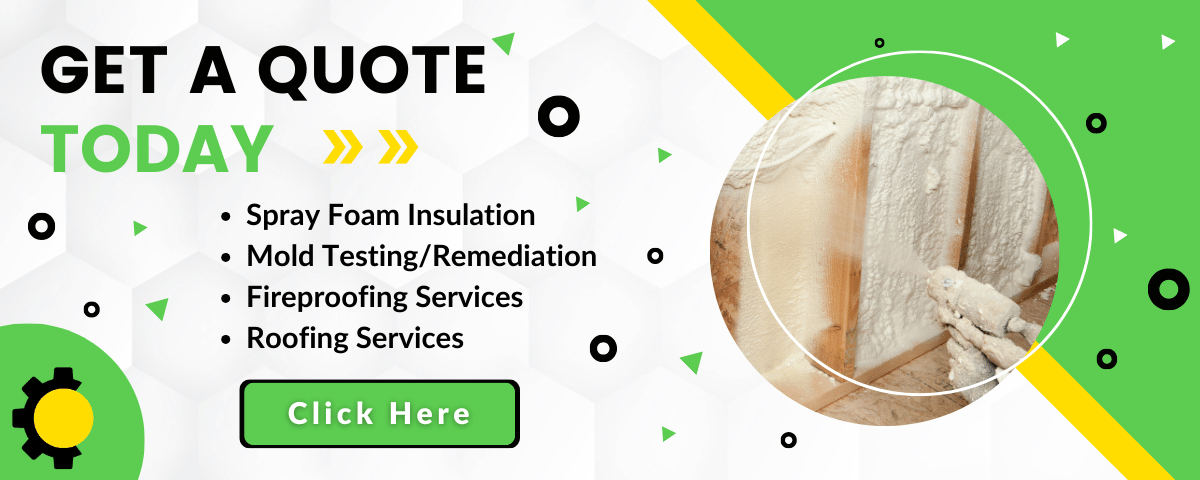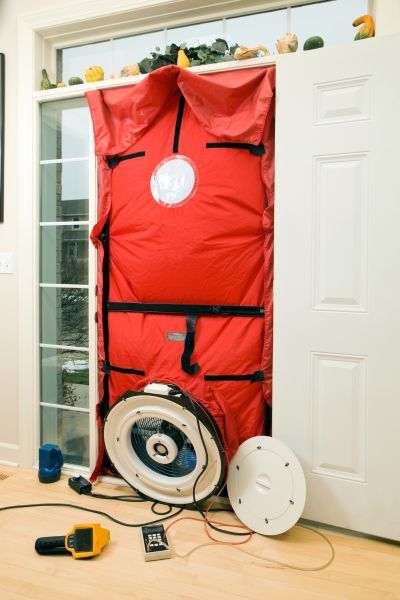Although you know the advantages of foam insulation, you may still be wondering if it can create an airtight home that is actually too tight.
Your house being sealed too tightly is a legitimate concern. This could affect air quality and humidity. Although this is a very rare occurrence, it can occur when the building envelope of a home is sealed with foam insulation.
Every new home built will have insulation installed to make it more energy efficient. Your builder will hire an HVAC contractor to conduct a Manual J Test.
This test will help you determine how much spray foam insulation is needed for your new home as well as what size HVAC system the home needs.
That HVAC system will keep your home’s newly insulated walls from becoming too tight. This will ensure that your home is properly ventilated and has a comfortable level of humidity.
What happens when your home is too airtight, then? We’ll talk about what to do.

What happens if my home is sealed too tight?
What about an older home? Can a home be too airtight?
After adding foam insulation, your existing home may be too airtight. This is because the r-value is very high. It happens when your HVAC system doesn’t match up with your new foam insulation. You may start to notice some problems with air quality or moisture levels in your house.
What’s the solution?
Don’t worry. No need to go remove the spray foam insulation. You can just crack open the window, or use your bathroom or kitchen fan every day if you live in a home that is as tight as a drum. This simple action will replace stale indoor air by fresh outdoor air, literally breathing new life into your home.
Spray foam insulation is great for increasing energy efficiency but it can also make your home airtight. Whether you’re looking at brand new homes or older ones, it is important to keep the air inside clean and fresh.
How can we do this? According to the U.S. Department of Energy, mechanical ventilation is the key.
What role does air changes per hour play?
We’ll talk about air changes per hour now that you understand how to fix an airtight house.
The air changes per hour (ACH) is a measure of the amount of air that enters and leaves your home each hour. This is important because it can affect everything from your home’s heating and cooling efficiency to the quality of the air. If your home either is too tight or not tight enough, it may lead to air that’s either too stale or too leaky.
Why should you be concerned about ACH?
Building codes set rules for this, depending on where you are. In certain climates your home should not change its air more often than a specified number of times per hour in order to maintain comfort without wasting energy.
You may be changing the air too often. You could be cooling your neighborhood rather than your living room. Not enough? Moisture and musty air are here! You can spot these issues by knowing your home’s ACH.

How can you calculate your home’s ACH value?
This involves some math and something called the blower-door test. This test measures how much air is moving through your house. You can use a simple formula to determine if the air in your home is moving enough to keep it fresh, but not too much to waste money. If things aren’t right, you can always run a fan and exchange some indoor air for fresh outdoor air.
You’ll enjoy a healthier, happier home if you maintain the right balance.
In conclusion
While spray foam insulation significantly enhances a home’s energy efficiency by creating a tighter seal, there’s a fine balance to be struck to avoid making your home too airtight. The potential for reduced air quality and humidity issues in overly sealed homes is a valid concern, but one that can be effectively managed with proper HVAC sizing and the implementation of mechanical ventilation strategies.
The concept of air changes per hour (ACH) plays a crucial role in maintaining this balance, ensuring that homes are neither too leaky nor excessively tight. By adhering to building codes and possibly conducting a blower-door test, homeowners can achieve an optimal indoor environment that is both energy-efficient and comfortable. Whether dealing with new construction or updating an older home with foam insulation, the key lies in understanding and applying the principles of ventilation to maintain healthy indoor air quality and humidity levels.

